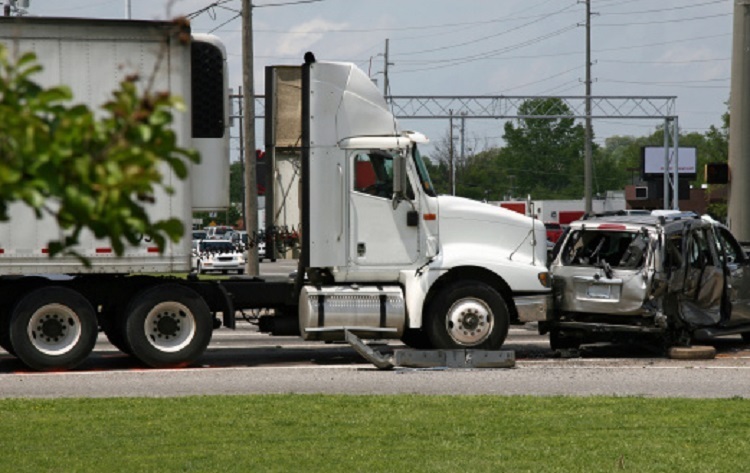Becoming a delivery driver involves several steps, ranging from obtaining the necessary qualifications to finding employment with a suitable company. Here’s a general outline of the process:
Table of Contents
Meet the licensing requirements
Delivery drivers can start as soon as they have a light vehicle licence and are able to get commercial insurance, but may want to move to a heavy vehicle licence to give themselves more flexibility. This means that to meet the basic requirements, you need to be of legal driving age in your country (usually 17 or 18 for a light vehicle and 18-20 for a heavy vehicle), and to have obtained a valid driver’s license for the appropriate vehicle class.
If you’re working for someone as opposed to being a contractor, you will need a clean driving record with no major violations.
Choose the type of delivery driving
Decide on the type of delivery driving you’re interested in: local, regional, long-haul, courier, food delivery, package delivery, etc. This will be influenced by your desired lifestyle. For example, if you have a young family, you’ll probably want a job where you can return home each night…or perhaps not!
Obtain necessary qualifications and training
As a delivery driver, you have the option to carry general freight, or general freight plus dangerous goods. To carry dangerous goods, you will almost certainly need to do additional training and maybe have an endorsement on your licence.
It’s essential that you do manual handling training so that you don’t injure yourself, and the you learn how to use a tail lift.
Develop strong driving skills and a solid understanding of road rules and traffic regulations.
Familiarise yourself with navigation tools and apps to efficiently plan routes and make deliveries. If you work for someone, then you will have a dispatcher. If you are doing your own deliveries you may want to invest in a route planner or delivery app.
Update your CV
Create or update your CV, highlighting your driving experience, any relevant qualifications, and skills that make you a suitable candidate for a delivery driver role.
Search for job opportunites
Look for delivery driver job openings on online job boards, company websites, and local classifieds. Consider applying to logistics companies, courier services, food delivery platforms, e-commerce companies, and more. If you see a van or truck out on the street with signage, then that company would be a candidate to approach. Many jobs are filled through directly approaching the HR department or transport manager of the company.
Submit job applications
Apply to positions that align with your skills and preferences. Make sure to follow the application instructions and provide accurate information – when they do the background checks, you don’t want them to come across anything concerning.
Prepare for interviews
If your application is successful, you might be invited for an interview. Prepare by researching the company, reviewing common interview questions, and showcasing your relevant experience. The worst thing you can do is turn up to an interview without any knowledge of the company and without having any sensible questions about the job.
Pass background checks
Many delivery driver positions require background checks and motor vehicle record checks to ensure your driving history is acceptable.
Complete company training and induction
Once hired, you may undergo training specific to the company’s procedures, policies, and safety protocols. You might hear these referred to as SOPs or standard operating procedures. You might be buddied up with an experienced driver for the first few weeks while you learn the ropes.
Obtain the required equipment
Depending on the type of delivery, you might need to acquire specific equipment such as uniforms and safety gear (PPE). If you’re a contractor, you may want your own pallet jack, hand truck or trolley to help with loading and unloading, ratchet straps for load security, etc.
Start your deliveries
Begin your delivery assignments according to the company’s schedules and guidelines.
Follow safety protocols, communicate effectively with dispatch or supervisors, and ensure timely and accurate deliveries.
Adapt and learn (don’t be discouraged)
As you gain experience, you’ll find that there are an infinite number of delivery situations. The types of things that can vary are:
- Proximity and ease of parking
- Ease of access (e.g. narrow gates, steep driveways, poor visibility, overhanging signs or trees, etc)
- Angry pets
- Safety and security protocol at certain locations
- Confusing or non-existent signage
- Nowhere to leave packages
- Unhelpful or unfriendly employees
Remember that becoming a delivery driver involves responsibility, reliability, and professionalism. Good communication skills, a customer-service mindset, and a commitment to safety are essential qualities for success in this role.















